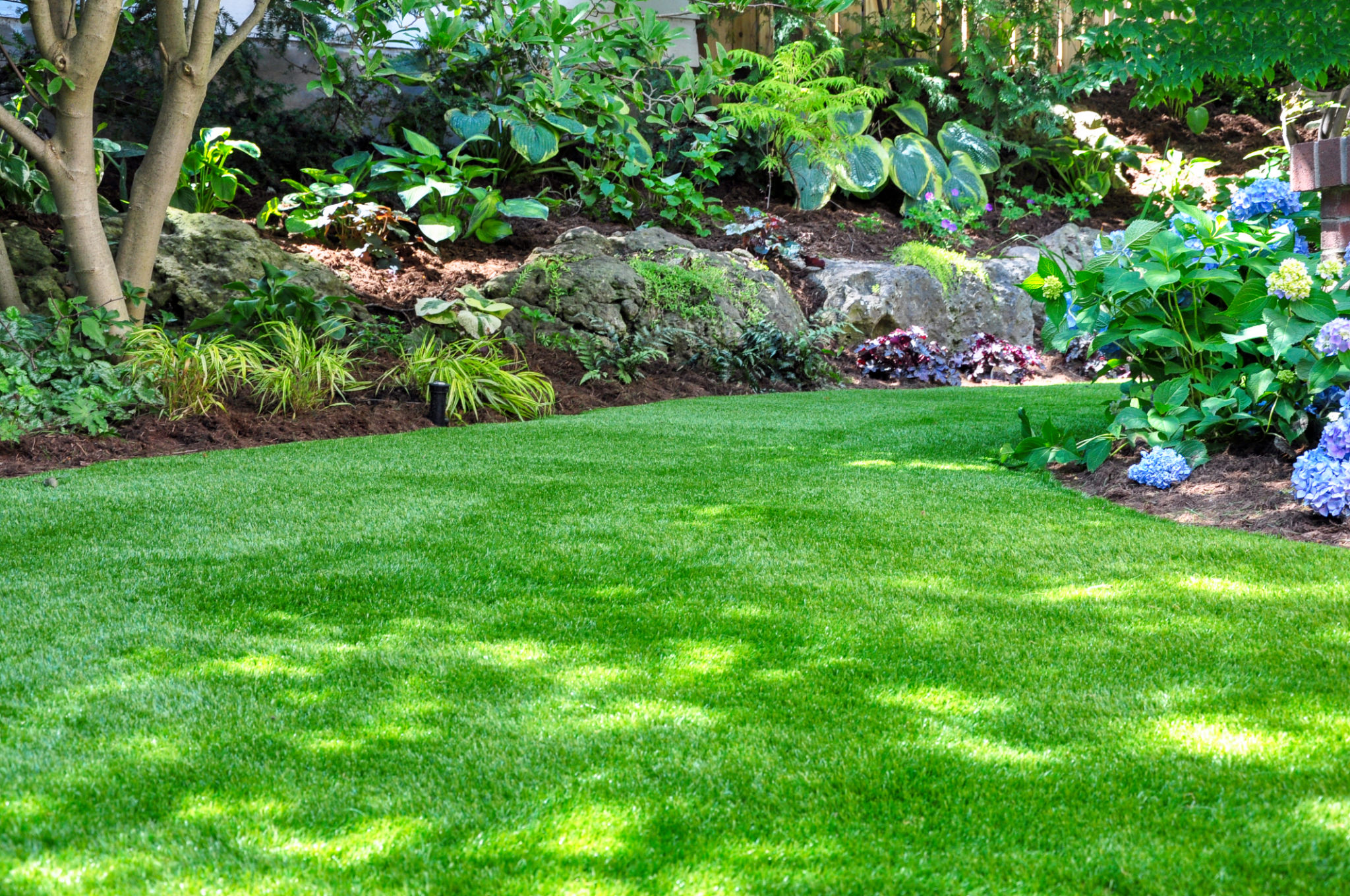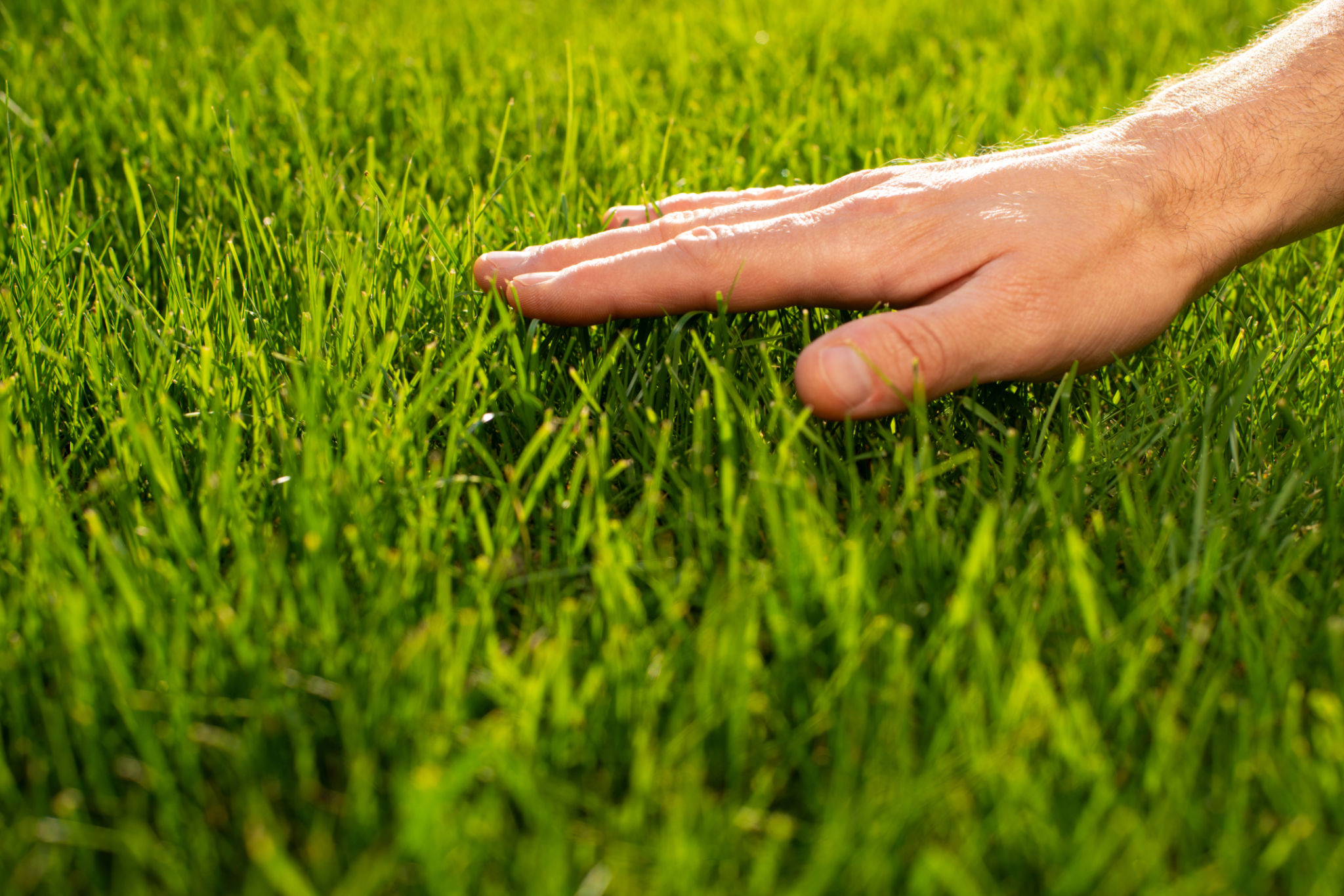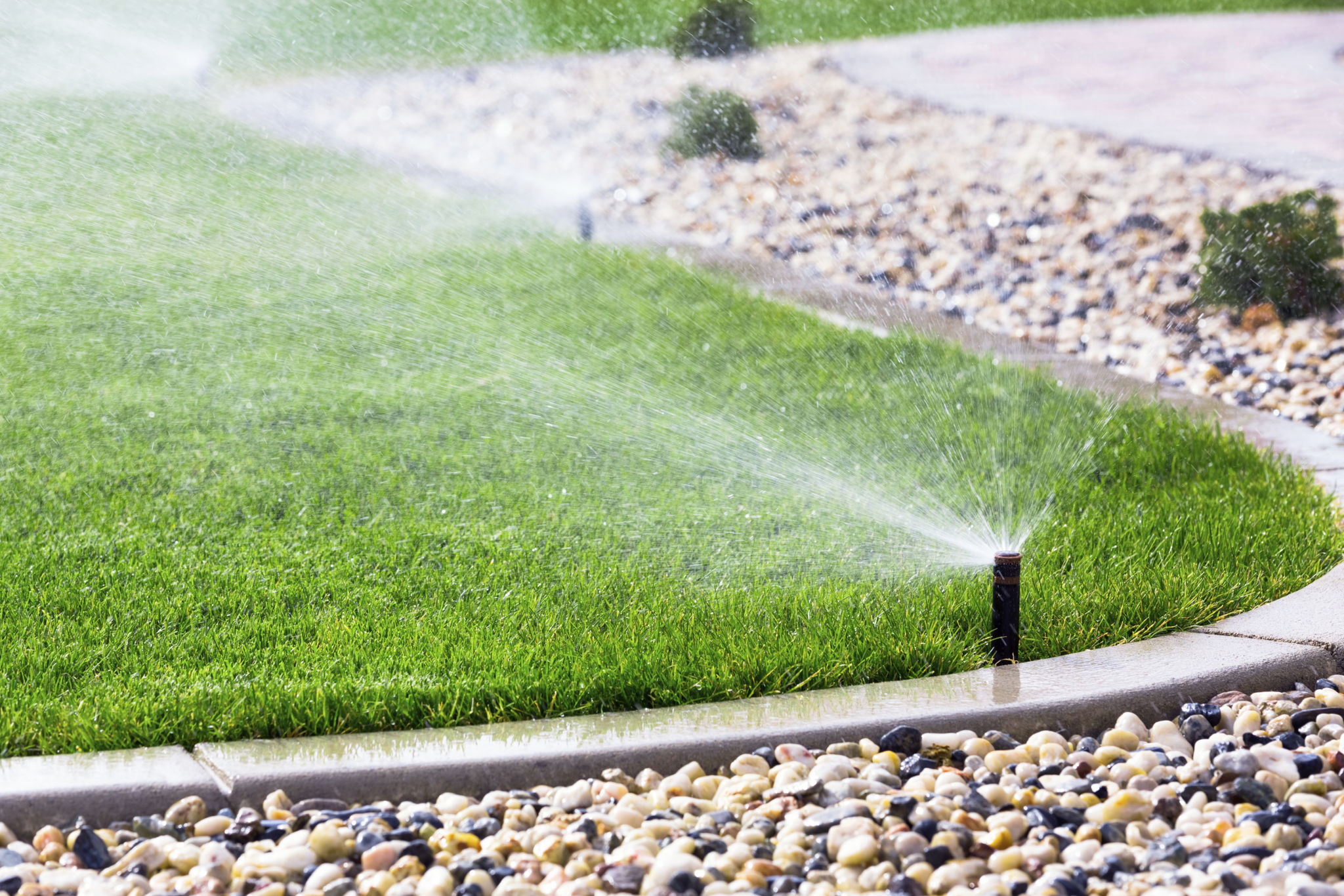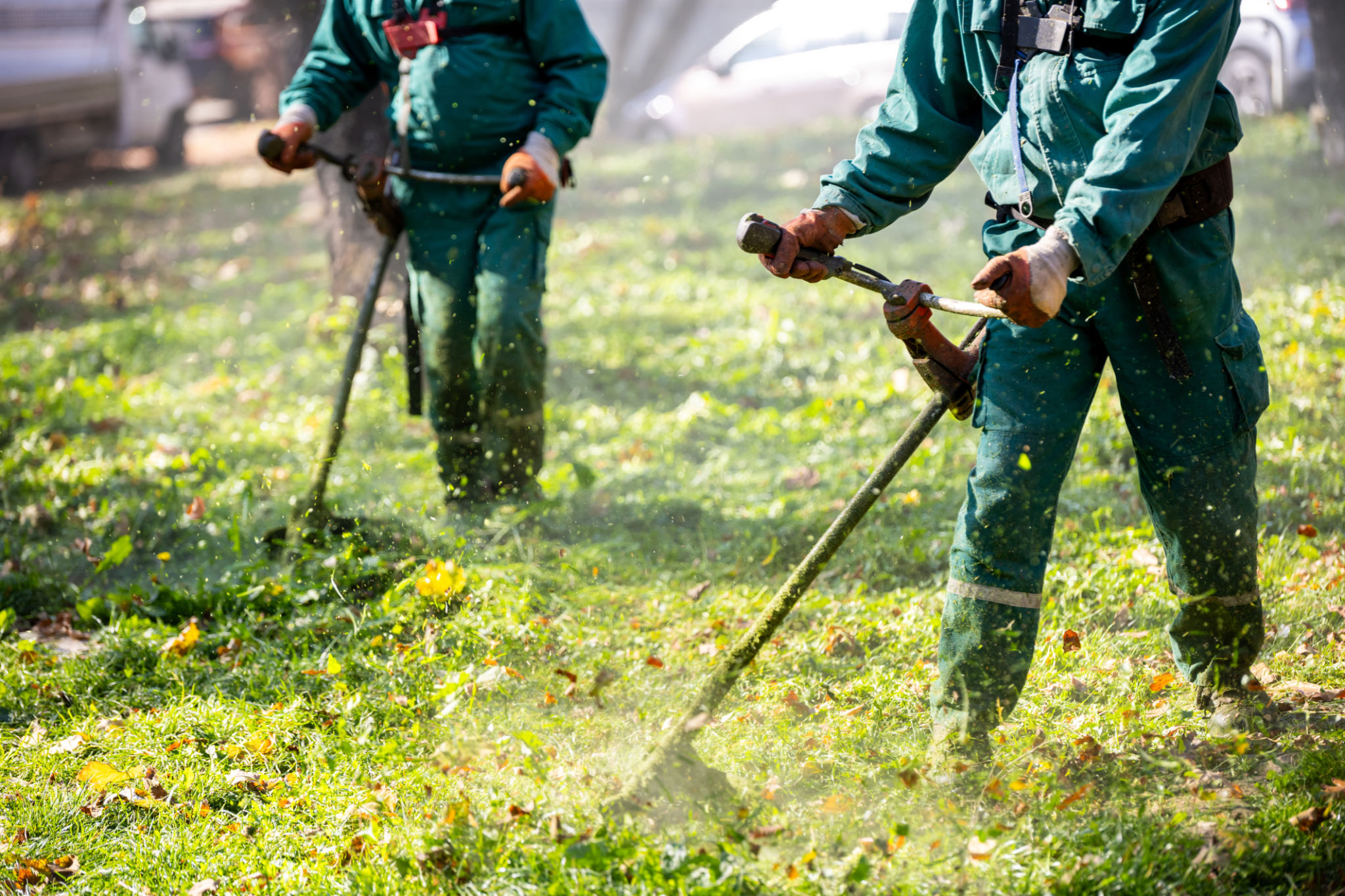The Ultimate Guide to Landscape Maintenance for a Beautiful Lawn
Understanding Your Lawn's Needs
Maintaining a beautiful lawn requires understanding its unique needs. A well-maintained lawn not only enhances the aesthetic appeal of your home but also provides a space for relaxation and recreation. To keep your lawn in top condition, it's essential to know the specific requirements of your grass type, soil condition, and climate. Regular monitoring will help you identify any issues early on, allowing for timely interventions.

Soil Testing and Preparation
Before diving into regular maintenance, it's crucial to start with soil testing. This process helps determine the pH balance and nutrient levels in your soil, ensuring it can adequately support healthy grass growth. If the soil lacks essential nutrients or has an incorrect pH level, you can amend it with the appropriate fertilizers and conditioners. Proper soil preparation sets the foundation for a thriving lawn.
Choosing the Right Grass Type
Different grass types have varied needs and growth patterns. Selecting the right grass type for your region is fundamental to maintaining a lush lawn. Consider factors like sunlight exposure, foot traffic, and local climate when choosing your grass. This decision will significantly impact how much time and effort you'll need to invest in your lawn care routine.

Regular Mowing Practices
Mowing is one of the most basic yet crucial aspects of lawn maintenance. Regular mowing helps promote healthy growth by preventing the grass from becoming too tall and unruly. It's important to keep your mower blades sharp and adjust the cutting height according to the season. For instance, during the warmer months, leaving the grass slightly taller can help it retain moisture.
Watering Techniques
Proper watering techniques are essential for maintaining a healthy lawn. Overwatering can lead to shallow root systems and increased vulnerability to diseases, while under-watering may cause the grass to dry out and turn brown. Aim for deep, infrequent watering to encourage deep root growth, and water early in the morning to minimize evaporation.

Fertilization and Weed Control
Fertilizing your lawn supplies it with essential nutrients needed for growth. The key is to apply the right type of fertilizer at the appropriate times of the year. A well-fertilized lawn is more resistant to weeds, but additional weed control measures may be necessary. Identifying and removing weeds promptly will prevent them from spreading and competing with your grass for nutrients.
Pest and Disease Management
Lawn pests and diseases can quickly damage a beautiful lawn if not addressed promptly. Regular inspection for signs of pests like grubs or diseases such as fungal infections is essential. Employing integrated pest management strategies will help you control these issues without harming beneficial organisms or the environment.

Aeration and Dethatching
Aeration involves perforating the soil with holes to allow air, water, and nutrients to penetrate the grass roots. This process helps alleviate soil compaction, promoting healthier root growth. Similarly, dethatching removes the layer of dead grass and roots that can accumulate over time, improving air circulation and water absorption.
Seasonal Lawn Care Tips
Each season presents unique challenges and opportunities for your lawn. In spring, focus on cleaning up debris and preparing for growth. Summer requires diligent watering and mowing adjustments, while fall is an ideal time for aeration and overseeding. Winter care involves clearing debris and protecting your lawn from frost damage.

By following these comprehensive landscape maintenance practices, you'll ensure that your lawn remains a beautiful, healthy oasis all year round. Consistency and attention to detail are key in achieving that picture-perfect landscape you've always dreamed of.